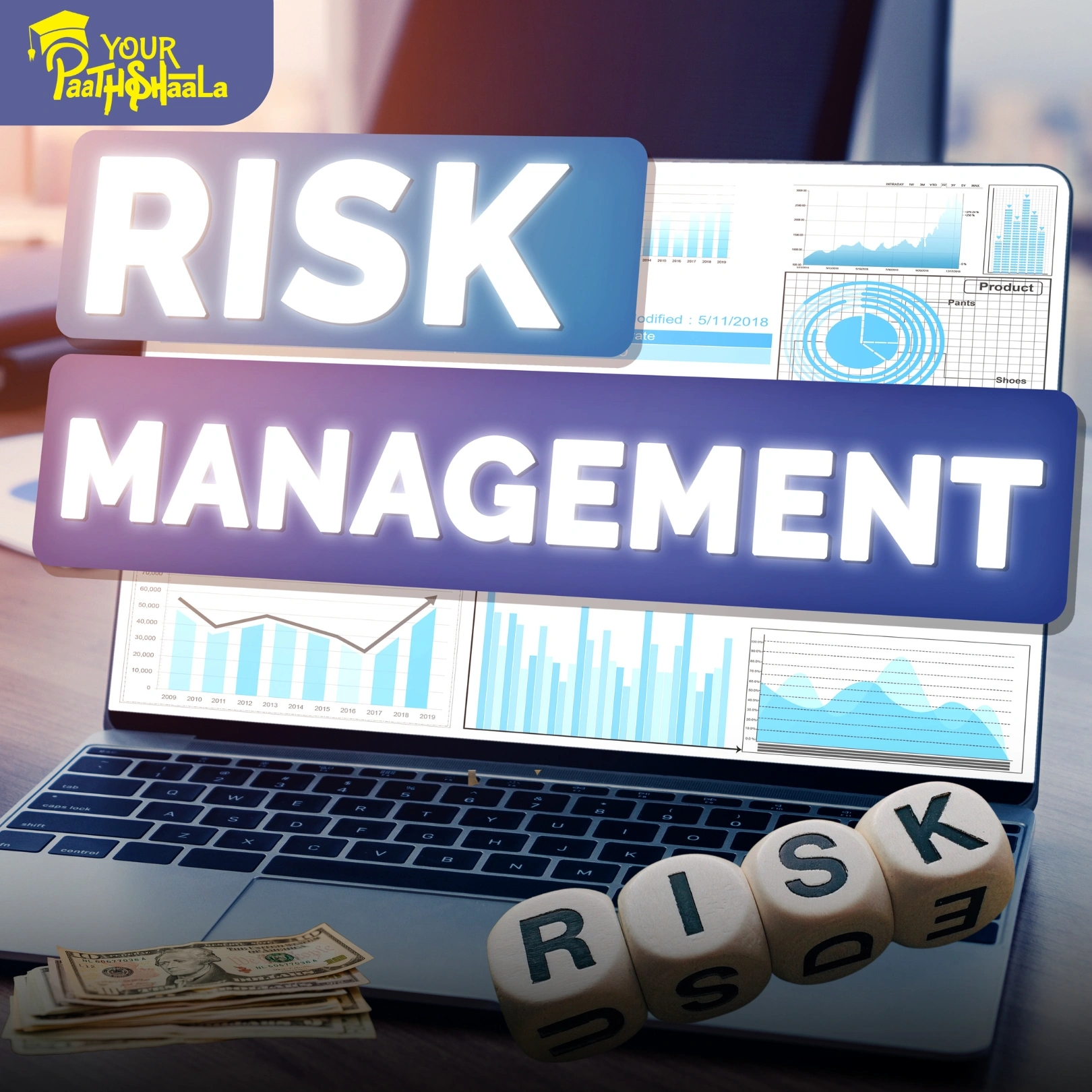Understanding SPAC: A Guide to Special Purpose Acquisition Companies

SPAC stands for Special Purpose Acquisition Companies, have gained significant attention in recent years as an alternative route for private companies to go public. Unlike traditional IPOs, SPACs offer a faster and more flexible process for companies seeking public market access. However, investing in SPACs comes with its own set of risks and rewards. This blog will explain what SPACs are, how they work, their advantages and disadvantages, and key considerations for investors—all in simple and easy-to-understand language.
What is a SPAC?
A SPAC, or Special Purpose Acquisition Company, is a shell corporation created solely to raise money through an initial public offering (IPO). The funds collected are then used to acquire or merge with a private company. This process allows the private company to go public without undergoing the lengthy and complex procedures of a traditional IPO12.
Key Features of SPACs:
No Business Operations: SPACs don’t have any commercial activities or products—they exist only to raise capital and find an acquisition target1.
Blank Check Companies: They are often called “blank check companies” because investors don’t know which private company the SPAC will acquire at the time of investment2.
Set Timeline: SPACs typically have 18 to 24 months to complete a merger or acquisition. If they fail to do so, the funds are returned to investors13.
How Does a SPAC Work?
SPACs operate in three main stages:
1. Formation and IPO
A group of sponsors—usually experienced investors or industry experts—forms the SPAC and conducts an IPO to raise funds. Shares are typically priced at $10 each, and the money raised is placed in a trust account until an acquisition target is identified34.
2. Finding a Target Company
After raising funds, the SPAC has a limited timeframe (usually two years) to find a private company to merge with. Sponsors often focus on industries they are familiar with, but they don’t disclose specific targets during the IPO process14.
3. Merger or Acquisition
Once a suitable target is found, the SPAC merges with or acquires the private company, allowing it to become publicly traded. Investors in the SPAC can vote on whether they approve the merger. If the deal is rejected or no target is found within the timeframe, the SPAC is liquidated, and funds are returned34.
Why Are SPACs Popular?
SPACs have gained popularity for several reasons:
1. Faster Process
Traditional IPOs can take months or even years due to regulatory hurdles and extensive roadshows. SPAC mergers are quicker, often completed within a few months4.
2. Lower Costs
Companies going public through SPACs avoid many fees associated with traditional IPOs, such as underwriting fees and marketing expenses34.
3. Flexibility
SPAC deals allow private companies to negotiate terms more effectively than they might in a traditional IPO process4.
4. High-Profile Sponsors
The involvement of celebrities and prominent investors has brought mainstream attention to SPACs. For example, Richard Branson and Alex Rodriguez have sponsored their own SPACs5.
Advantages of Investing in SPACs
Investing in SPACs can offer unique opportunities:
Early Access to Promising Companies: Investors get exposure to private companies that may have significant growth potential once they go public3.
Flexibility for Investors: Investors can vote on proposed mergers and redeem their shares if they don’t like the deal34.
Potential Gains: If the acquired company performs well after going public, investors can benefit from increased stock value34.
Risks of Investing in SPACs
While there are advantages, investing in SPACs also comes with risks:
1. Uncertainty About Targets
When you invest in a SPAC during its IPO phase, you don’t know which company it will acquire—or if it will even find one at all23.
2. Lower Returns After Mergers
Studies show that many companies that go public through SPAC mergers underperform compared to those that use traditional IPOs25.
3. Regulatory Concerns
SPAC deals face less regulatory scrutiny than traditional IPOs, which can increase risks for investors if financial information is exaggerated or misleading45.
How Are SPACs Different from Traditional IPOs?
| Feature | Traditional IPO | SPAC |
|---|---|---|
| Timeline | 6 months to 1 year | A few months |
| Regulatory Scrutiny | High | Lower |
| Investor Knowledge | Full details about the company | No initial knowledge of target |
| Flexibility | Limited | Greater negotiation options |
| Risk | Lower | Higher due to uncertainty |
Should You Invest in a SPAC?
Investing in a SPAC requires careful consideration of your risk tolerance and financial goals. Here’s what you should keep in mind:
Do Your Research
Look into the sponsors’ track record and expertise in identifying good acquisition targets13.
Understand the Risks
Be prepared for uncertainty about which company will be acquired and how it will perform post-merger25.
Diversify Your Investments
Don’t put all your money into one SPAC—spread your investments across different assets to reduce risk5.
Recent Trends in SPAC Activity
SPAC activity surged between 2020 and 2021 but has slowed down since then due to increased regulatory scrutiny and disappointing post-merger performances45. New SEC rules introduced in 2024 aim to make these transactions more transparent and protect investors from potential fraud45. Despite these challenges, some high-profile mergers continue to attract attention—for example, Donald Trump’s media company went public via a SPAC merger in 2024 under the ticker symbol DJT1.
Conclusion
SPACs offer an innovative way for private companies to go public while giving investors access to potentially lucrative opportunities. However, investing in SPACs requires caution due to their inherent risks and uncertainties. By understanding how they work, evaluating sponsors carefully, and diversifying your portfolio, you can make informed decisions about whether this investment vehicle aligns with your financial goals.
As with any investment strategy, due diligence is key when considering SPAC investments—don’t rush into deals based solely on hype or celebrity endorsements!






